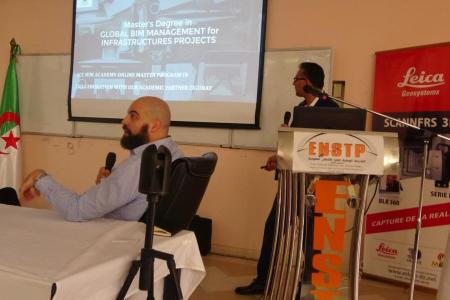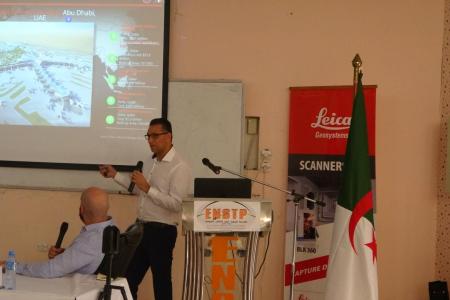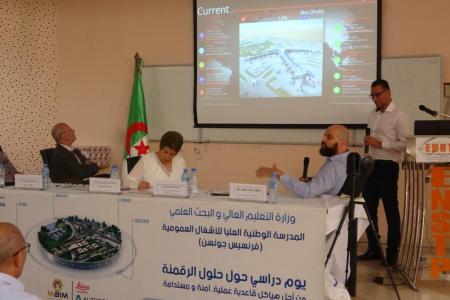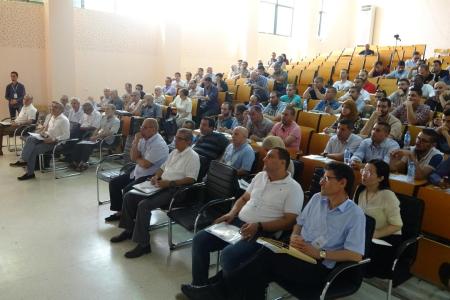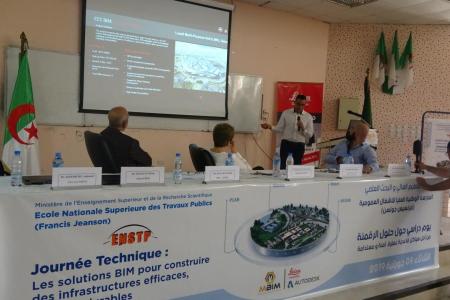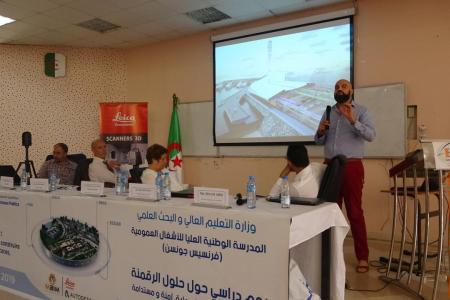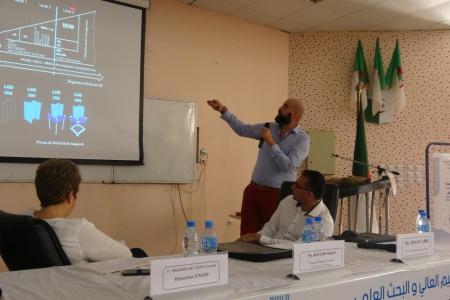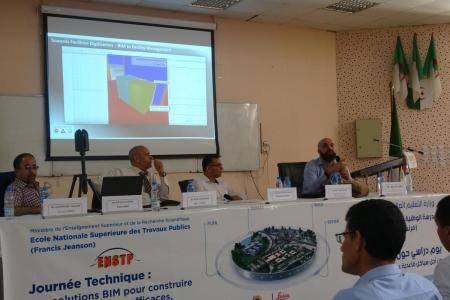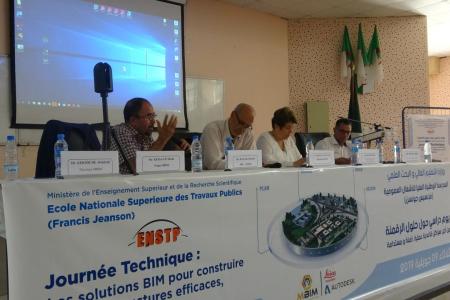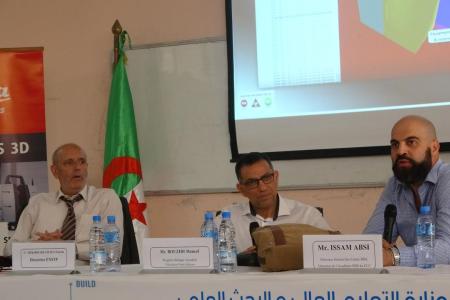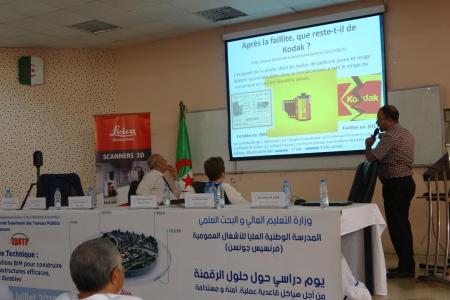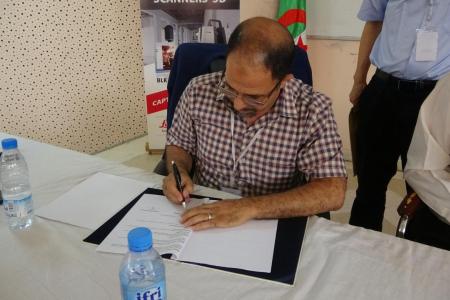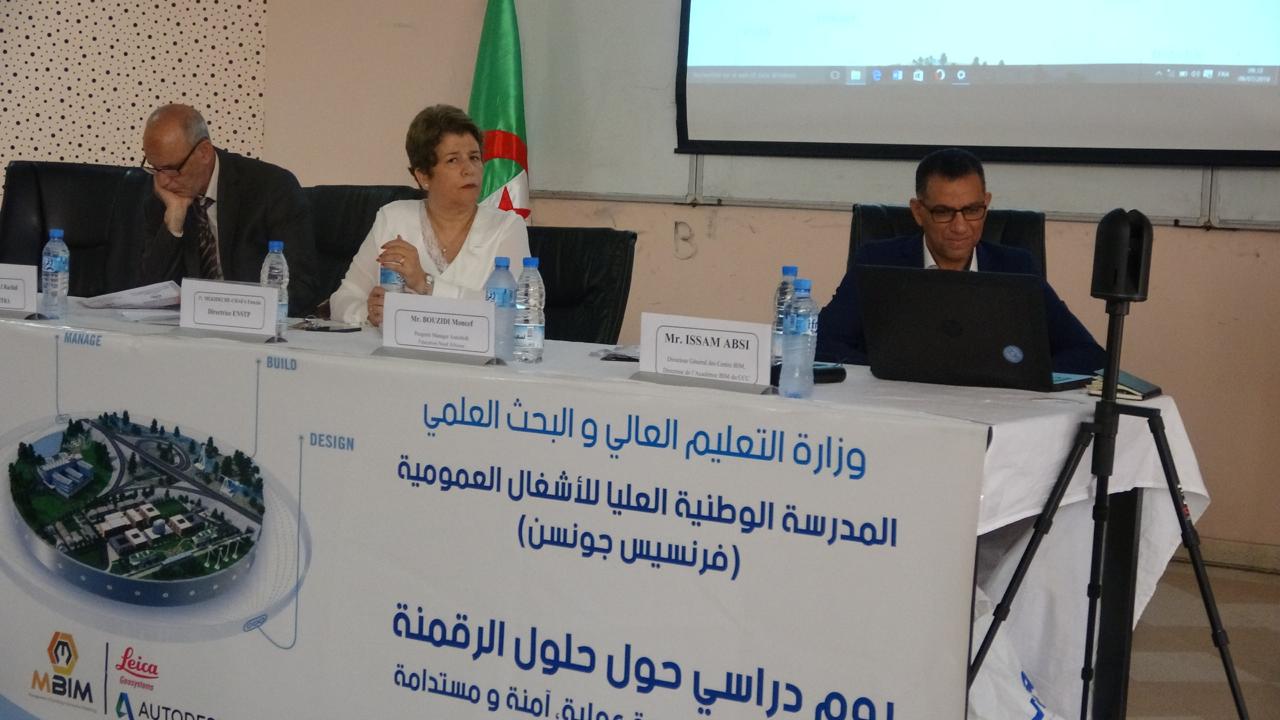
Context and Objectives of the Meeting
Building information modelling, or BIM, is a fast-growing new tool for designing infrastructure and supporting its operation. In fact, the ‘M’ in this acronym stands for three different concepts: a digital model or database (‘Model’), a process or method for structuring the data (‘Modeling’) and management of the resulting information flows (‘Management’).
Today's infrastructure world is faced with ever more complex projects, with ever more stringent requirements in terms of sustainable development, ever smaller budgets, and ever tighter deadlines. These projects involve a multiplicity of stakeholders whose collaboration and communication are not as efficient as they could be.
Today, BIM is a buzzword whose use, sometimes mistakenly, has led to confusion about its exact meaning. Internationally, we hear that the adoption of BIM is growing, and that some countries have made it or are in the process of making it compulsory. In mid-January 2014, the European Parliament adopted a directive recommending the use of digital processes such as BIM in public procurement. In France, there is a certain buzz around BIM and it is beginning to appear in calls for tender.
The aim of this seminar is to provide participants with a clearer understanding of BIM; to help them understand why BIM is the right response to major challenges such as building a sustainable environment; to show that BIM is not just a passing fad; to discuss the concepts, potential and implications of BIM; to remove the ambiguity sometimes associated with the inappropriate use of the term BIM; and to provide those involved with the information they need to assess the relevance of adopting BIM.


